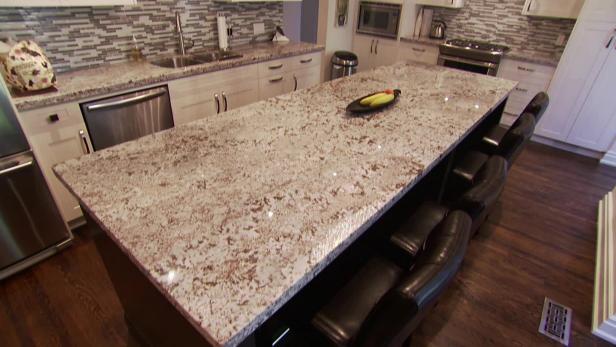
Before we moved into our current house, I loved our furniture. We had a comfy purple sofa and a contrasting chair. Our coffee table was small, but full of much needed storage. Our cute little cottage was the perfect fit for our Bo-Ho decor, but our new home has a more Mid-Century Modern vibe.
We moved everything in without a problem, but nothing fit. Add to that the fact that our new house is so much bigger than our last. Suddenly, after shelling out a huge downpayment, and having to buy new appliances, plus the cost of the move, we found ourselves in desperate need of furniture and no money in the budget to buy it. Fortunately, we found solutions, and they were often free.
Nextdoor
If you haven’t checked out the app NextDoor, you need to. It’s a social media site for neighborhoods. It gets weird at times, so I advise staying away from the controversial topics, but it’s a great source for free and very cheap furniture and decor, and all right in your neighborhood or in adjacent neighborhoods. I haven’t seen statistics, but I’d imagine the lack of anonymity makes it a bit safer than older classified type sites, like Craigslist. We got an entire coffee table, end table, sofa table set for free.
Facebook Marketplace
Not to be outdone, Facebook now has a Marketplace, and like with NextDoor, there are a lot of free and inexpensive household items. Perhaps because they have a broader range (up to 100 miles from where you live), it’s a bit more anonymous than NextDoor, and maybe a bit riskier.
Craigslist or Freecycle
Lots of free and cheap stuff on Craigslist and Freecycle, but there’s the risk of anonymity. If you feel a little uncomfortable doing business with a stranger, you can agree to meet at a police station.
Thrift Stores and Consignment Stores
Thrift stores and consignment stores can have a wealth of inexpensive decor and furniture. You’d be amazed at some of the gems people take to thrift and consignment stores.
Fix Up Your Own Furniture
If you love your furniture and the color just isn’t right, or it’s beat up, fix it up. Reupholster your sofa and upholstered chairs. Refinish or paint your wood furniture. It will all be like new, only better.



